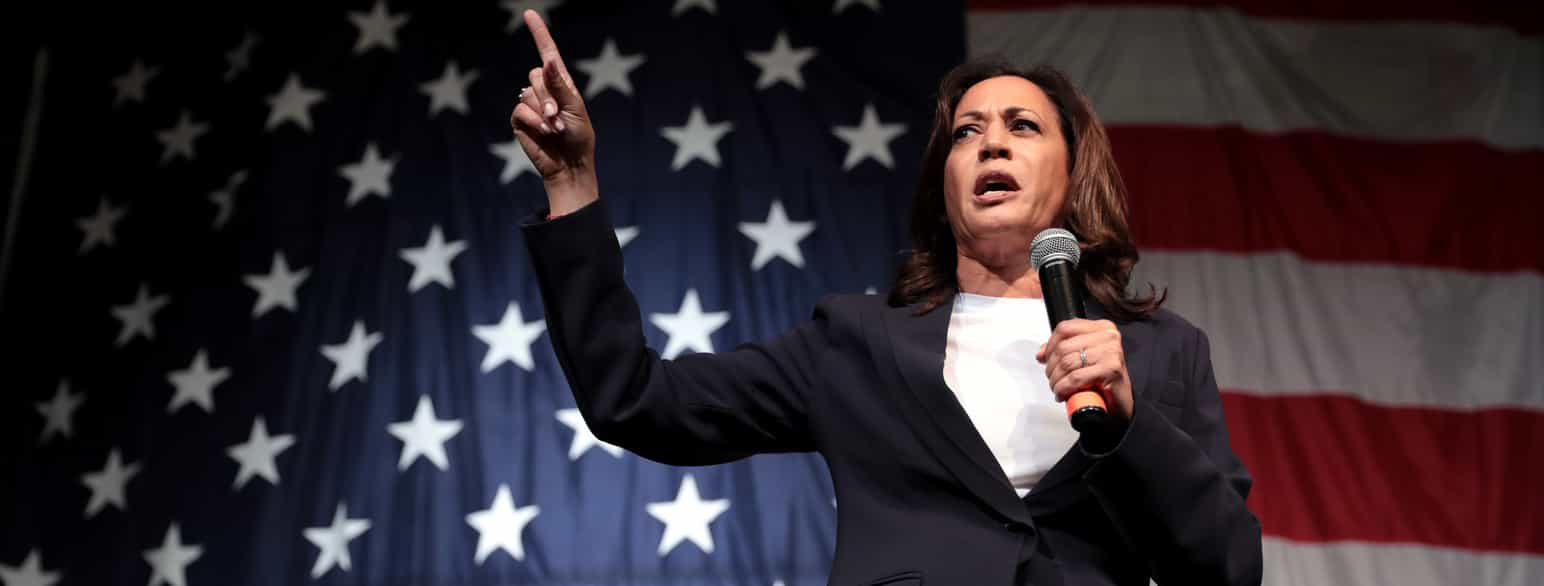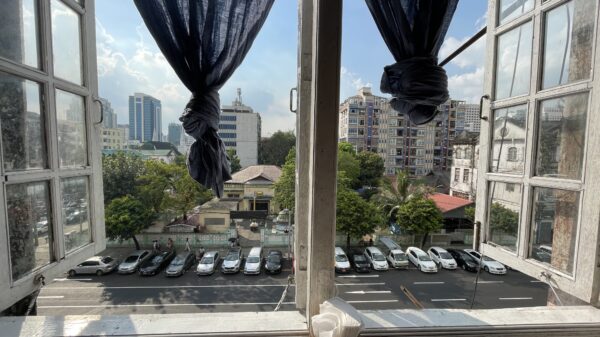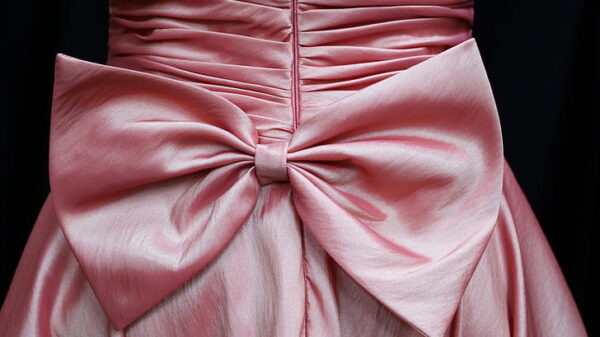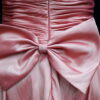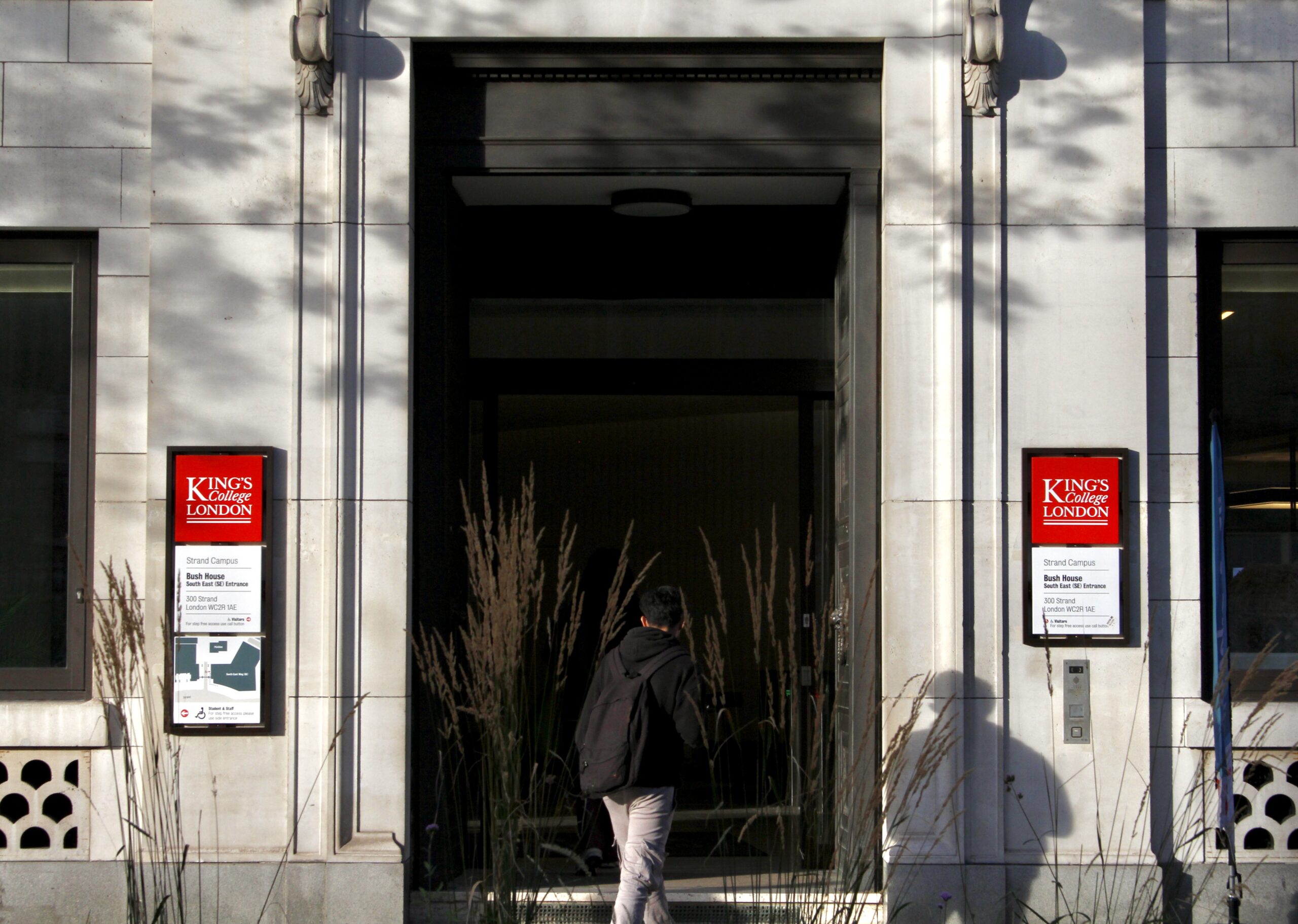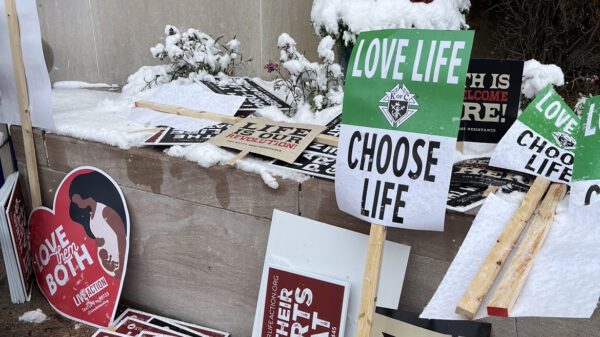Roar writer Bébhinn Cogan on the role of fashion in politics.
On 16 January 2021 Joe Biden and Kamala Harris were inaugurated as President and Vice President of the United States. However, it was not the new President’s speech that captured attention and sent social media into a frenzy. The slick, monochromatic outfits, of the women, in particular, were praised, inspired memes, and have fuelled many New York Times Fashion articles. But is this coverage pulling attention away from important policy discussions and analyses of the evolving, strained political culture of the US? Is the politics of fashion simply shallow, or worse still, sexist?
The History
Certainly, there is a long history to suggest that women in politics have often been judged, not by their character but by the cut of their clothes. In 1917, Jeanette Rankin became the first woman to be elected to Congress. The Washington Post covered the historic moment with a headline that read: “Congresswoman Rankin Real Girl – Likes Nice Gowns and Tidy Hairâ€. Indeed, as recently as 1993, there existed an ‘unwritten rule’ which dictated that women members could not wear trousers on the Senate floor. Hillary Clinton, a self-declared “pantsuit aficionado,†has long contended with trivialising descriptions. Tim Gunn of Project Runway lamented her fashion choices; “why must she dress that way? I think she’s confused about her gender.â€
Shallow and Sexist
Political cartoons also tend to portray women in revealing or otherwise inappropriate clothing. For example, a 2009 cartoon showed a lacy undergarment peeking from under the dress of House-Speaker Nancy Pelosi, embroidered with the word “liar†and the caption “your slip is showingâ€.
It is concerning to note that women politicians of colour face disproportionate criticism for their clothes. For example, controversy emerged when Moseley Braun, the first Black woman elected to Senate, wore her hair in braids. More recently, Representative Ilhan Omar, one of the first Muslim women elected to Congress, co-authored a proposal to create an exception to the House’s 181-year-old ban on hats, thus permitting religious headpieces.
Even, Harris’ tendency to wear All-Star trainers on her campaign tours has been either criticised for being ‘too informal’ or over-romanticised to fit the ‘hashtag girl boss’ trope. In fact, a 2021 Vogue magazine cover of Harris wearing trainers, with the caption “Vice President of Fashion,†has been swapped for one of the new Vice President in a suit. This came after a barrage of comments suggested that the original cover was disrespectful. This leaves one with a feeling that in the politics of fashion, you are damned if you do, damned if you don’t.
The Name It Change It project (2014), aimed to prove that media mentions of women’s appearance hurt their chances of getting elected. It found that “even appearance coverage that purports to be neutral or complimentary damages the woman.†While illuminating, the results have since been contested as voters’ responses to descriptions of a hypothetical male candidate’s appearance were never tested, and as such, no control was established.
Not Shallow and Sexist
Danny Hayes and Jennifer Lawless (2015) also challenged the popularly upheld idea, that any mention of a woman’s appearance constitutes damaging sexism. They tested using candidates with identical biographies and discovered that there is, in fact, no gender-based difference. When candidates are described similarly, “their favourability ratings are indistinguishable from each other.†This supports the findings of their earlier study which analysed 4000 articles about congressional races in 350 districts (2010). They found that just 4% of the stories mentioned the appearance of candidates and that when such mentions occurred, both women and men were the subjects.
Times reporter Molly Ball, speaks to this; ‘it is almost a requirement,’ she contests, ‘that any profile of Vermont Senator Bernie Sanders describe his “unruly hairâ€.’ Indeed, at the 2021 inauguration, Sanders became the object of huge fascination owing to his winter jacket and now infamous wool mittens, seemingly far too casual for such an event. And yet, while most celebrated his unorthodox outfit choice, others decried it as a demeaning, tokenistic symbol of class warfare. This is a theory that warrants further unpacking. In addition, Biden’s outfit, while no show stopper, was not without criticism. Some perceived his expensive Rolex watch as tasteless, indulgent ‘drip’. Such critique is certainly not shallow in nature.
Verdict?
So, is it indeed shallow and sexist to discuss the clothes of politicians? The ubiquity of social media has meant that it is not journalists alone that cast a discerning eye on the fashion of politicians. Many have monopolised on this broader reach, with both Harris and Michelle Obama wearing Black designers’ creations at the inauguration in order to draw attention and give a platform to POC design. As such, clothes serve an important symbolic function and allow for self-expression. Notably, in 2018, Democratic women wore black to the State of the Union address, in support of the #MeToo movement. Additionally, both Clinton and Harris have worn white at significant political moments, a nod to suffrage.
Certainly, journalists and others should hold themselves to a high standard, ensuring that they cover all fairly and earnestly. Discussing a politician’s clothing, whether male or female, is not in itself problematic. However, the shape and tone of the discussion often veer into the shallow and sexist. Sometimes a pantsuit is just a pantsuit.

